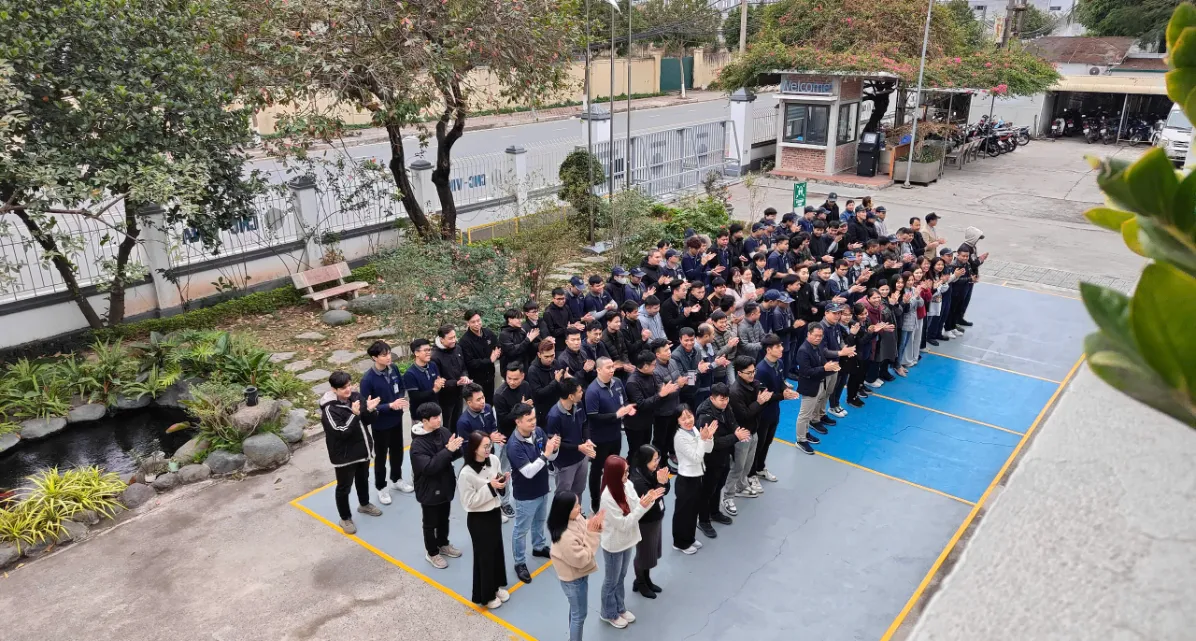Weld defects are among the most common and frequent issues in mechanical fabrication, often caused by deviations in external shape, lack of fusion, or irregular weld structure. These problems can significantly affect both the appearance and overall quality of the final product.
However, most of these defects can be effectively resolved by adjusting welding parameters, selecting the right materials, and strictly following technical procedures. In this article, let's explore with PWP Solution a detailed analysis of common welding defects and practical solutions to help improve product quality.
Weld cracking occurs when the metal is overstretched, especially in areas near the weld joint, leading to cracks. This is one of the most dangerous yet common welding defects. If not detected in time, small cracks can spread throughout the welded area and compromise the structural integrity.
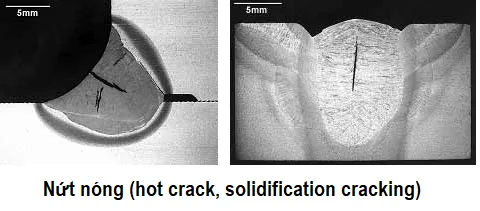
Cracks can occur in various areas such as the surface of the weld, within the weld metal, or in the heat - affected zone.
Weld cracks can also be influenced by temperature, leading to:
Hot cracking: Appears during the solidification of the weld when temperatures reach up to 10,000°C.
Cold cracking: This can occur hours or even days after welding when the weld cools down below 10,000°C.
Solutions for weld cracking:
Release any excessive clamping force during welding.
Increase the filler material’s ability to fill gaps.
Preheat the base metal and maintain interpass temperature to reduce cooling speed.
Use appropriate joint design, beveling, and reduce the gap between weld parts.
Porosity occurs when gases trapped in the molten weld metal cannot escape before solidification. If it happens deep inside the weld, it can reduce the airtightness and overall strength.
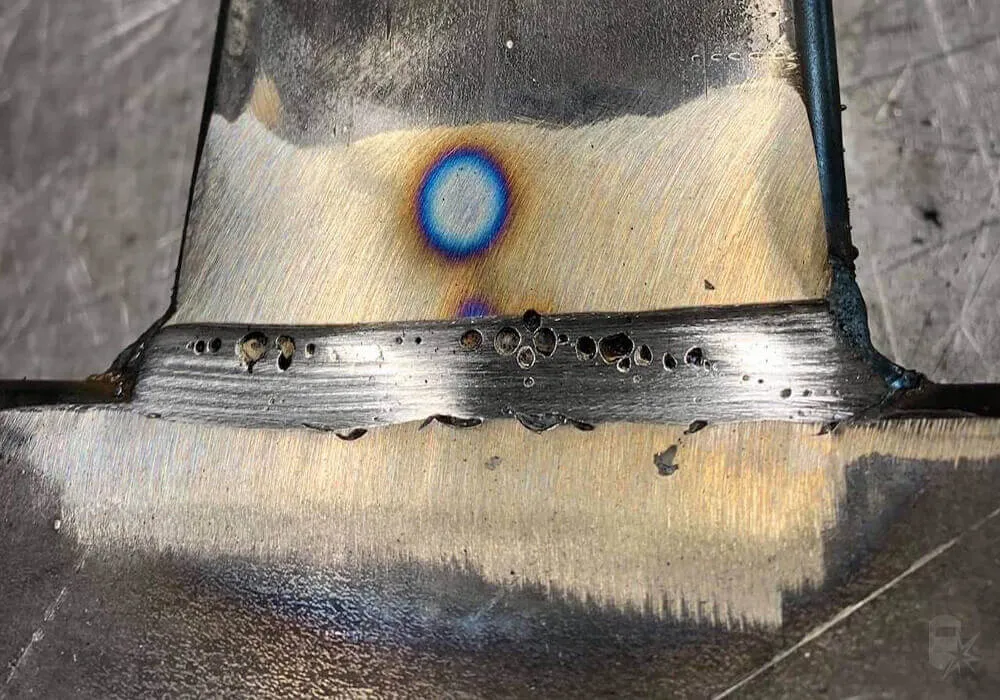
Porosity may appear:
Inside the weld or on its surface.
Scattered, clustered or isolated.
At the interface between base metal and filler metal.
How to fix porosity:
Shorten arc length and reduce welding speed when using MIG welding.
Avoid chipping slag immediately after welding to prolong heat retention.
Slag inclusion happens when multiple welding layers are applied without properly cleaning the slag or when the current is too low to melt and expel the slag from the weld pool.
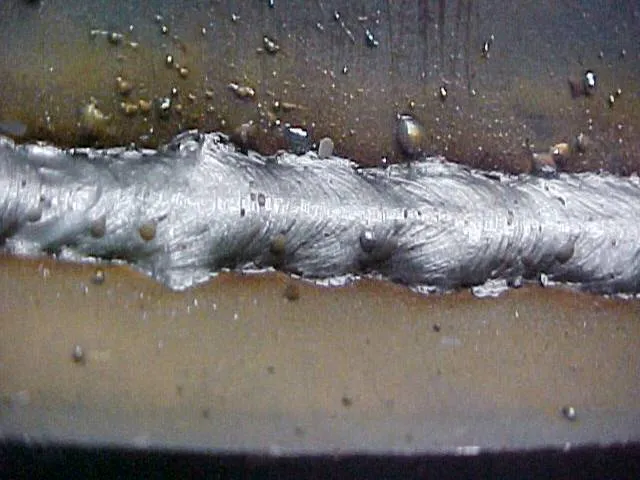
Fixes for slag inclusion:
Clean the workpiece and remove slag thoroughly between layers.
Use short arc length and hold the arc longer at each point.
Lack of fusion occurs when the welding electrode does not properly align with the joint axis or when arc length is too long, leading to poor bonding and weak joints.
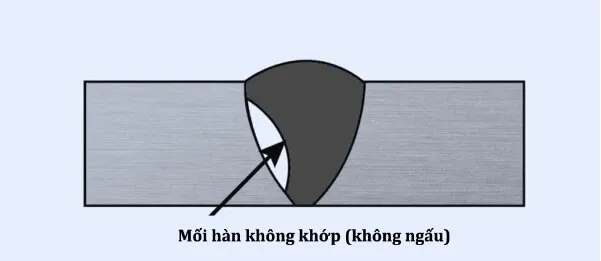
Fixes for lack of fusion:
Increase welding current and reduce welding speed.
Clean the joint before welding, increase bevel angle, and widen the joint gap.
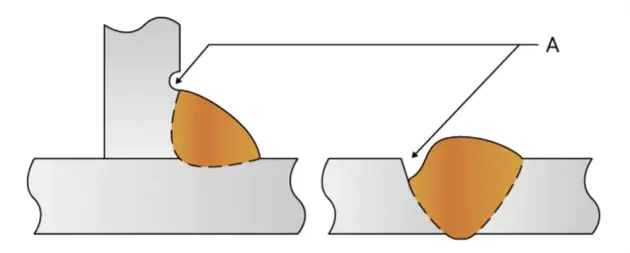
Undercuts may result from:
Improper torch angle or electrode manipulation.
Excessive current or arc length.
Undercuts reduce the effectiveness of the weld joint, concentrating stress and potentially causing structural failure.
Spillage refers to molten metal overflowing on the joint surface, often caused by excessive current, incorrect welding position, or improper placement of the workpiece.
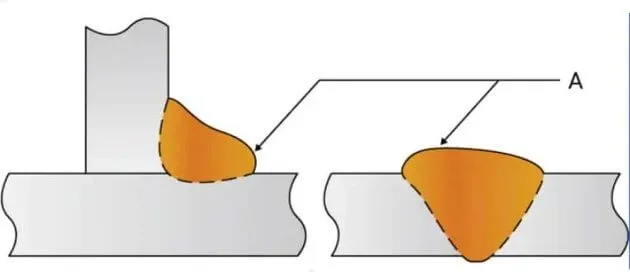
Weld profile defects occur when the weld's external shape deviates from the intended design, often due to poor-quality filler material or incorrect welding method selection.
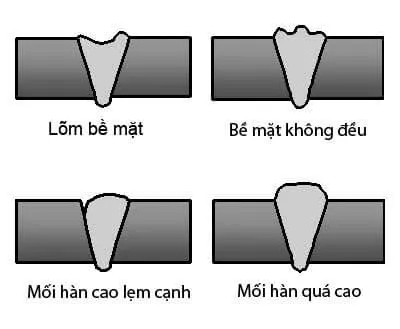
Fixes for profile defects:
Remove the defective metal.
Perform repair welding and re-inspect.
Use post-weld heat treatment to restore grain size and shape in the heat-affected zone.
Weld defects can compromise the final product’s quality and reliability. Identifying and correcting common weld issues is essential to ensure high-quality joints. Problems such as porosity, cracks, lack of fusion, or undercuts affect both the strength and appearance of the weld. By adjusting welding parameters, selecting suitable materials, and following technical standards, welders can significantly reduce these issues. Moreover, skill development and training are crucial in improving weld quality. At PWP Solution, we provide certified welding methods and deliver products that meet our customers’ expectations.

